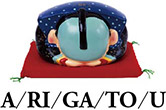episode-9
Xoi from Ha Noi, Viet Nam.
The friendship between Japan and Viet Nam through
the onigiri.
Deliciousness from the Gene-level is a
big hit in Japan!?
When I wake up in the morning and go for a walk, I see a crowd of people.
There seems to be something being sold. Traders arrive by motorcycles and after a
while they give out 10cm chunks wrapped in newspaper in a plastic bag and drive away.
Business ladies on their way to work and mother are walking by with plastic bags hung
down. When I looked closer, I saw people eating something next to the crowd.
“Xoi”. If you type the term "Vietnamese xoi" into a browser search you are surely find it
in a list of the most popular breakfast foods in Vietnam, along with Pho.
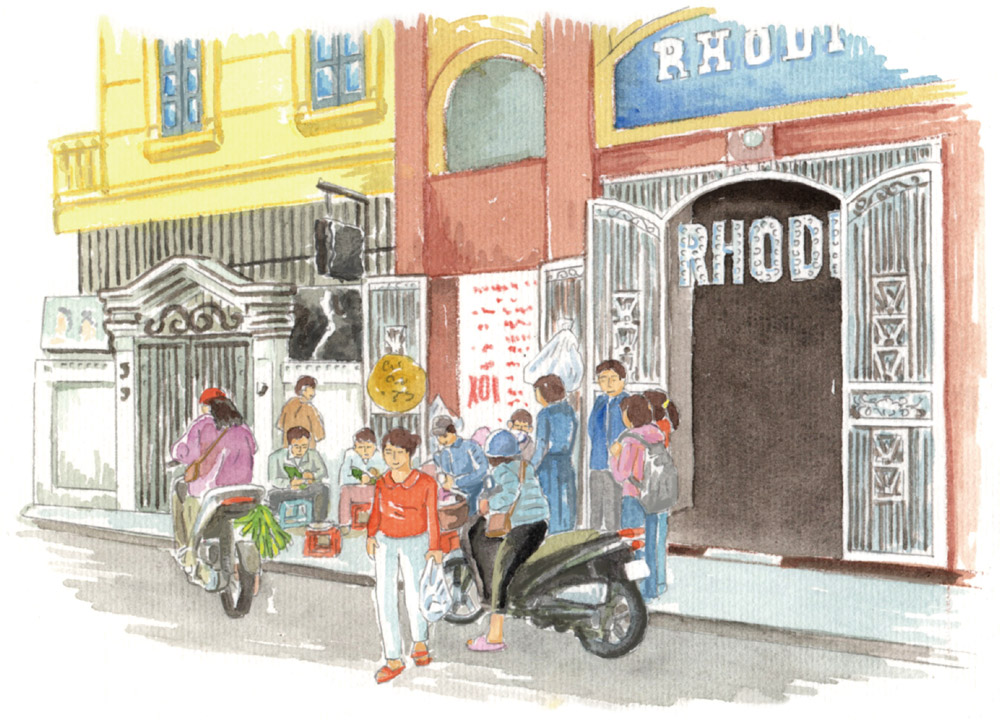
You can even sit with them and enjoy a hot meal on the spot. Drinks are also available.
In Japan, there are chimaki (steamed rice dumpling wrapped in bamboo leaves),
okowa (glutinous rice cooked by steaming) and sekihan (azuki beans with glutinous rice).
The texture and taste are similar to just made sekihan. It is hot and very delicious.
They have many varieties. Once you get used to them you can find them being sold all over the city.
I wonder when rice cultivation began in Japan.
Now is 2021. The Japanese must have been eating rice for over a thousand years.
If you trace the author's genes back, you will find that they lead to a Japanese person
who lived 2000 years ago and existed somewhere in Japan.
Even if there was a time when people could not eat rice, they would have been able to
eat it at least once a year. The taste of rice is ingrained in my genes.
Xoi is similar. Simply put, xoi is glutinous rice that has been cooked. The taste of rice.
Well, I believe that there is no one who think that eating xoi is bad.
I picked up a piece of cooled xoi. It was a little tough but as I put it in my mouth and
rolled it around, the taste spread to my mouth. Personally, I find cooled xoi very delicious.
Now, let's talk about convenience stores in Japan.
A few decades ago, warm Chinese steamed bun boomed.
Then came oden. And onigiri (rice balls) have become a very popular standard product in
convenience stores.
What if we sell xoi at least in the winter time?
In Vietnam, they wrap them in banana leaves and then wrap them in newspaper. In Japan,
why not make rice balls out of xoi wrap them in banana leaves and then sell them?
Every convenience store has a warming and moisturizing machine for Chinese steamed bun
Xoi = Vietnam, Onigiri = Japan. How about selling them in Japan as
a symbol of friendship between Japan and Vietnam?
If you only think about the taste, it should work.
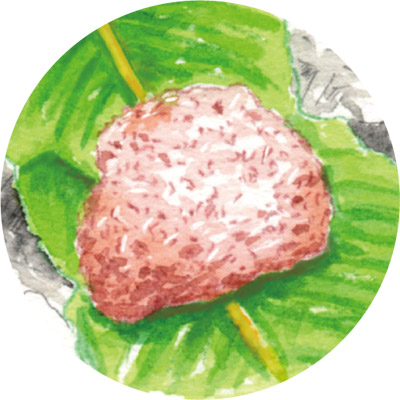 I was talking to a friend of mine from Japan about this.
I was talking to a friend of mine from Japan about this.
He said, " You know, this is an idea anyone could come up with.
He also told me that xoi used to be sold as a boxed lunch at the stations.
I wonder how it was sold on station platforms a long time ago, wrapped in banana leaves, in what kind of containers and with what kind of slogans.
Train stations or station platforms are filled with various drama.
Dreams and wishes, encounters and partings, departures, escapes, disappearances, love,
smiles and screams, and tears.
It's a place where various mixed emotions come together.
And after a while on the train, they ate xoi.
Imagine what the main characters in each drama thought when they ate the xoi.
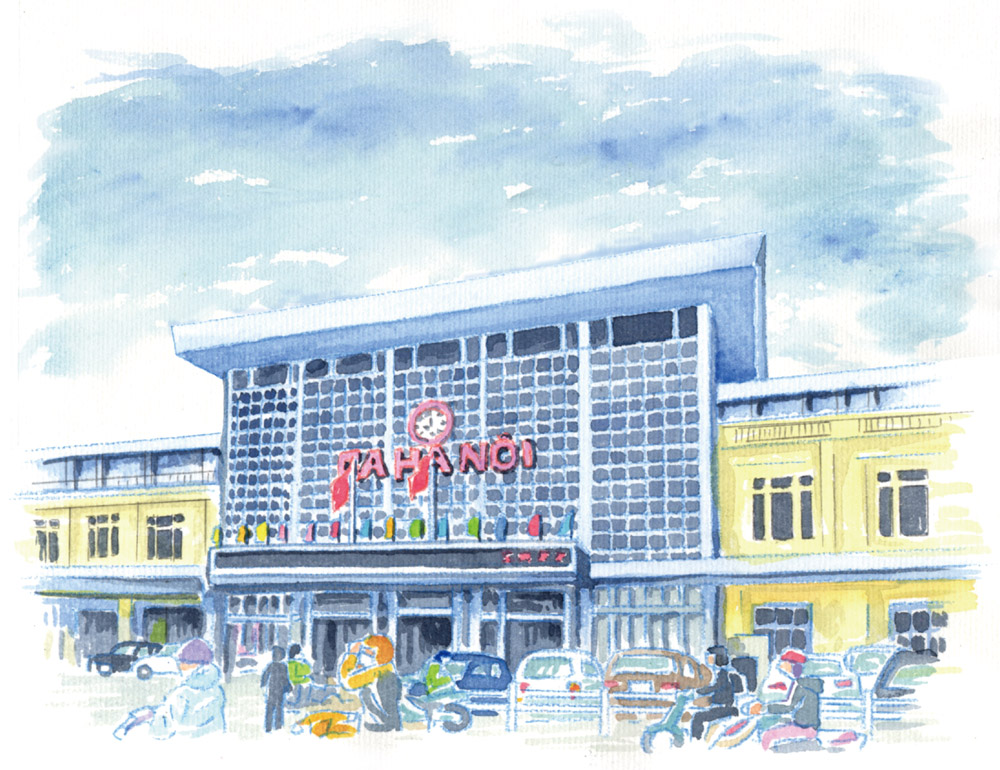
You should stay at a hotel near the Ha Noi station and listen to the sound of the train whistle. If you can, you should come at dusk or at night. What song can we hear? Enka or......



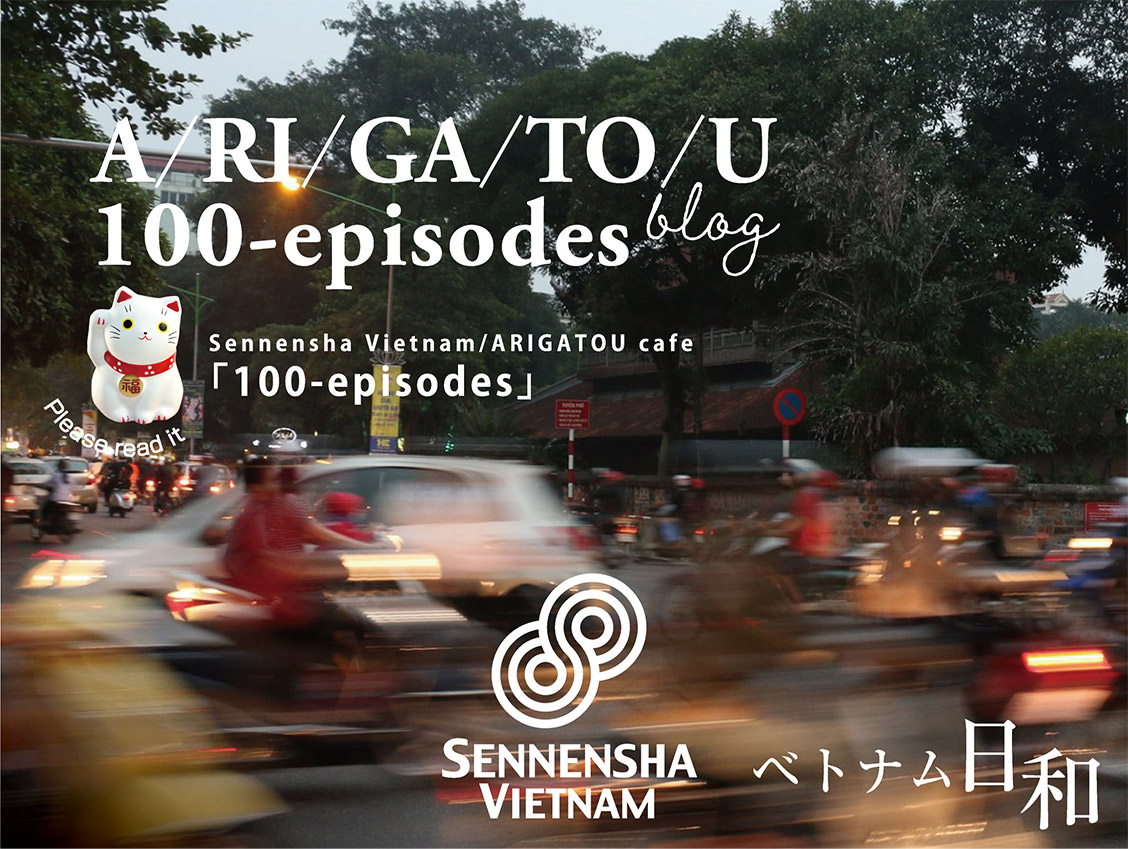

 Prev
Prev
